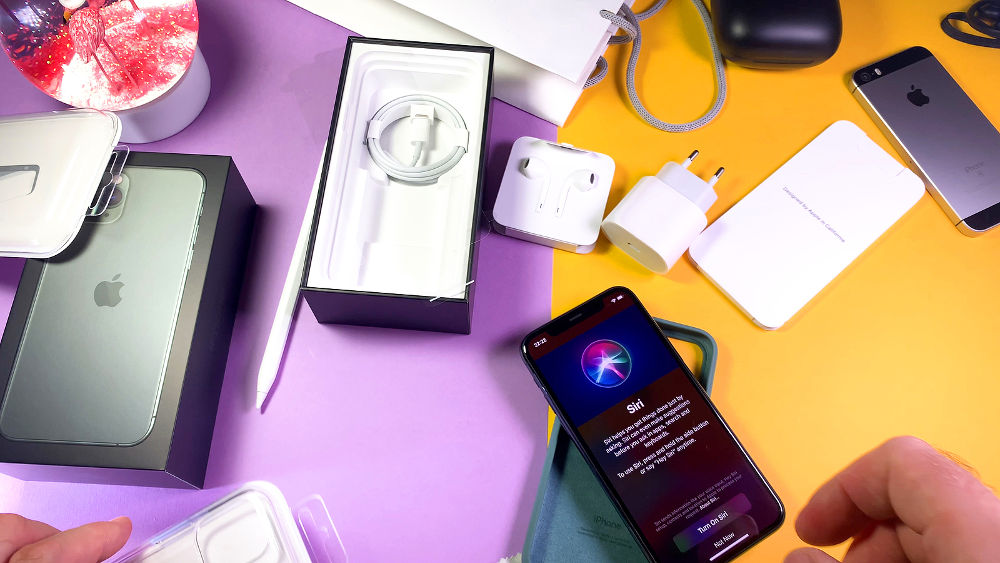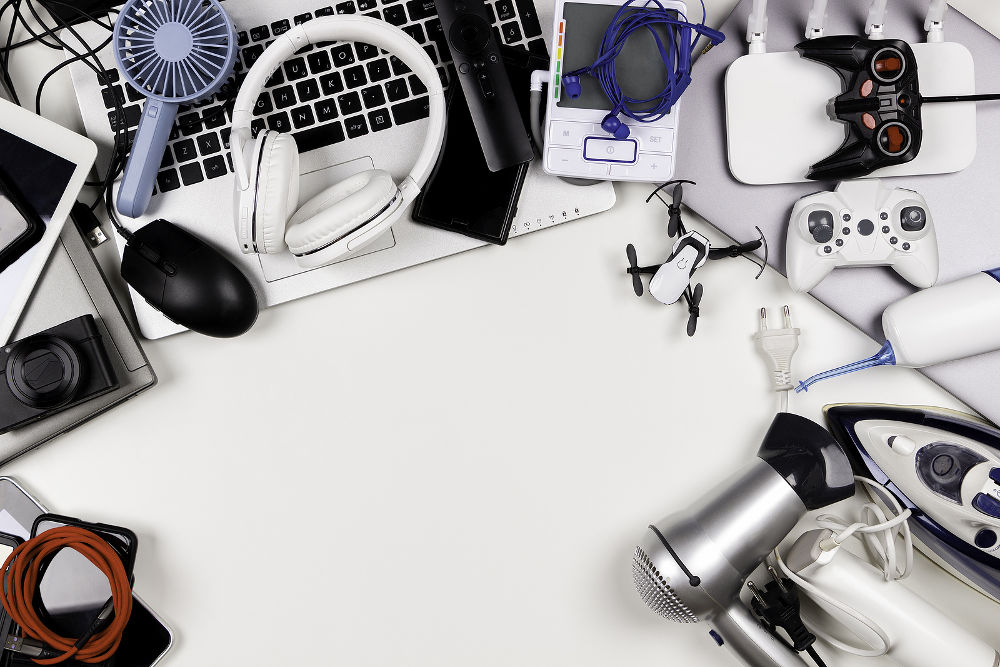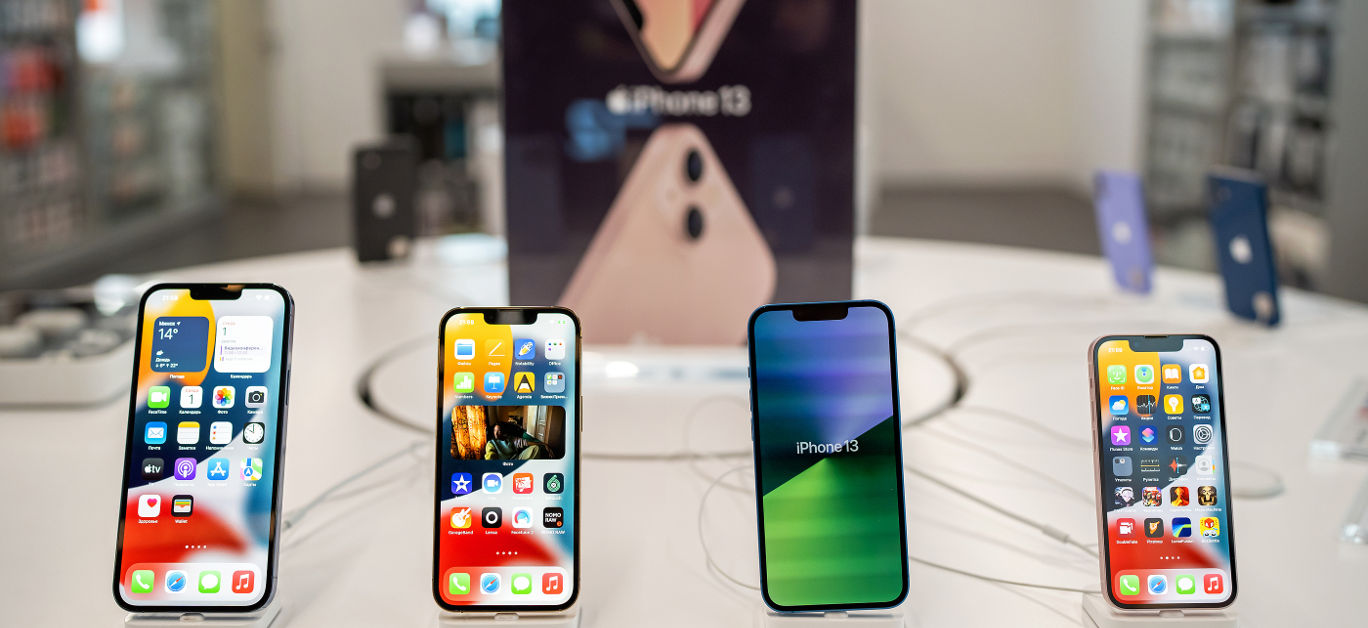The intersection of luxury and technology has always been a realm of endless fascination and aspiration. This enthralling fusion has given rise to a myriad of high-end gadgets that not only redefine elegance but also embody the pinnacle of human innovation. However, the rapid obsolescence and disposal of these gadgets have precipitated a growing environmental challenge known as electronic waste or e-waste. As the clarion call for sustainable practices reverberates across industries, the luxury gadget sector is not exempt. The advent of e-waste conscious luxury gadgets heralds a new era, where opulence melds seamlessly with responsibility.
The e-waste quandary
The escalating e-waste predicament is not to be taken lightly. A study unveiled by Uswitch, rooted in data from the Global E-waste Monitor 2020, laid bare the countries generating an alarming amount of e-waste. The United Kingdom emerged second only to Norway, with individuals in the UK generating a staggering 23.9 kg of e-waste per capita. Despite being a frontrunner in e-waste generation, Norway has initiated steps to ameliorate its e-waste management through a “take back” scheme, which mandates companies to financially contribute towards the electronic waste and recycling industry.
The study further underscored a near doubling of IT and telecoms e-waste in the UK from 2008 (19,053 tonnes) to 2022 (37,631 tonnes estimated). If this trend persists unabated, it is projected that come 2030, the UK will be grappling with just under 55,000 tonnes of e-waste. This burgeoning e-waste issue not only threatens the environment but also squanders valuable resources, a matter that demands urgent redress.
The birth of conscientious gadgets
As e-waste burgeons, so does the cognisance about its detrimental impacts. But hope glimmers as luxury gadget makers are increasingly aligning their designs and operations with eco-friendly practices. At the heart of this transition is a concerted effort to curb e-waste generation through innovative designs and robust recycling initiatives.
Chris Williams, the founder and CEO of ISB Global, an advocate for sustainable practices within the electronics realm, spotlighted the untapped potential residing in old or broken gadgets. Williams emphasised: “In every country around the world, there are millions of old, unwanted electronic gadgets hiding in drawers, boxes, lofts, or garages whose components could be recycled and reused to make the next generation of new devices and appliances.” This outlook illuminates a path towards a circular economy, where the end-of-life for gadgets is but a precursor to the birth of new technological marvels.

Financial fuelling of e-waste mitigation efforts
The journey towards reducing e-waste is not only a moral endeavour but also a financially backed initiative. A quintessential example is the collaboration between Virgin Media O2 and Hubbub, dedicating a substantial £500,000 grant to projects aimed at thwarting electronic and electrical waste across the UK. This fund, dubbed the ‘Time After Time Fund’, supports community-led projects that bolster the repair and reuse of electronics, thereby impeding waste generation, saving money, and broadening digital access for those financially constrained.
Gavin Ellis, a co-founder of Hubbub, articulated the essence of engaging the youth in this initiative, stating: “We are particularly delighted that a number of the winning projects aim to engage with people aged 16 to 24 – who are not only heavy users of electrical items – but are key to helping tackle this issue in the future.” This investment underscores the indispensable role of financial backing in catalysing and sustaining e-waste reduction initiatives, a critical cog in the wheel of sustainable luxury gadgetry.
Keeping abreast of evolving trends and innovations is pivotal for both consumers and manufacturers. For those looking to stay up to date, you can find a range of electronics news on Electronic Specifier, which offers a glimpse into the latest advancements and industry dynamics. A notable headline is the unveiling of the new Apple iPhone 15, which forgoes the traditional Lightning charger. This bold move, underpinned by a desire to reduce e-waste, exemplifies how leading brands are embracing sustainable practices in gadget design and functionality. It’s a testament to the transformative power of staying informed through reputable sources like Electronic Specifier.
A collective endeavour
The battle against e-waste is a collective endeavour, encompassing manufacturers, retailers, consumers, and governing bodies. Each cog in this machinery has a vital role to play, and the synergy of these efforts is what will propel us towards a greener, more sustainable future.
Williams accentuated the collective responsibility stating: “Each of us should actively pursue a less wasteful, more productive end-of-life for all of our devices. National governments must hold manufacturers and retailers to account if they don’t provide the means for consumers to do so.” This ethos of shared responsibility is the bedrock upon which a sustainable luxury gadget industry can flourish, heralding an era where innovation and environmental stewardship are inextricable companions.
Mining value from e-waste
The UK Royal Mint is piloting a frontier initiative to extract precious metals nestled within laptops and phones, a stride towards reducing our dependence on raw materials. The essence of this endeavour is to harness the wealth of resources ensnared within e-waste, a venture that dovetails with the broader goal of fostering a low-waste circular economy.
Moreover, the market for reused, recycled, and repurposed technology is burgeoning, a trend reflected in the ascending sales of used smartphones, which soared by 20 per cent annually in Europe between 2016 and 2020. With the cost-of-living crisis looming large in 2023, many will veer towards the reused technology market, an inclination that not only alleviates financial strain but also curtails e-waste.

A confluence of luxury and sustainability
The journey towards e-waste conscious luxury gadgets is laden with remarkable innovations that not only epitomise opulence but also resonate with environmental stewardship. The nuanced balance between luxury and sustainability is gradually becoming a defining hallmark of modern high-end gadgets. This paradigm shift is catalysed by a blend of consumer awareness, regulatory impetus, and the intrinsic motivation within the industry to foster a sustainable legacy.
A prime exemplar of this shift is the burgeoning market for refurbished and repurposed gadgets. The allure of owning premium devices without the hefty price tag, coupled with the ecological footprint reduction, is driving a burgeoning market for pre-loved gadgets. This trend reflects a broader societal shift towards responsible consumption, where the allure of newness is gradually being overshadowed by the virtues of sustainability and value retention.
The bottom line
The narrative of luxury gadgets is being re-scripted amidst a growing ecological awareness and a pressing need to curb e-waste. The industry’s trailblazers are no longer solely defined by their prowess in creating opulent gadgets, but by their foresight in intertwining luxury with sustainability. The burgeoning trends of repairability, recycling, and the conscious design of gadgets underscore a holistic approach towards tackling the e-waste conundrum.
As we delve deeper into the age of sustainable luxury, the unveiling of the iPhone 15 without a Lightning charger is but a glimpse into the myriad innovations awaiting on the horizon. Each stride, no matter how minuscule, contributes to a broader goal of fostering a world where luxury and ecological responsibility harmonise, paving the way for a future where the allure of gadgets and the ethos of sustainability coexist and thrive.






















